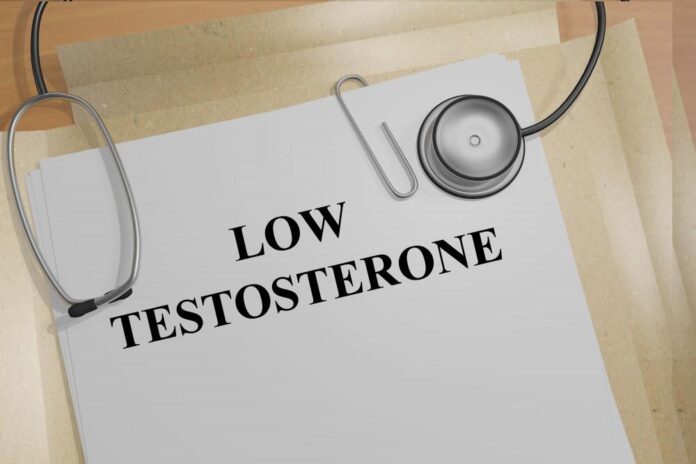When testosterone drops below healthy levels, the changes are not subtle. They affect everything from energy and mood to muscle, fat, sleep, and motivation. If you’re constantly tired, less driven, and notice physical changes like fat gain and muscle loss, there’s a real chance your testosterone is lower than it should be.
Low testosterone, or male hypogonadism, affects millions of men worldwide. The symptoms often creep in slowly, which makes them easy to dismiss as “getting older.” But early recognition matters because the sooner you identify the issue, the easier it is to reverse.
Why Testosterone Is So Important
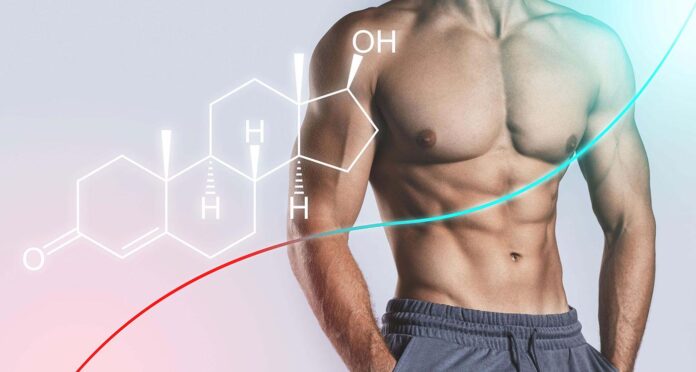
Testosterone is the main male sex hormone. It helps maintain muscle mass, bone strength, mood stability, and sexual function. It also plays a role in how your body stores fat and produces red blood cells. When levels fall too low, almost every system feels it, including the brain.
While testosterone naturally declines about 1% per year after age 30, the pace can be faster due to stress, poor sleep, obesity, or chronic illness. That’s why men in their 30s or 40s can already start to feel symptoms that used to appear much later in life.
| Function | Role of Testosterone |
| Muscle & Strength | Stimulates muscle protein synthesis |
| Fat Metabolism | Regulates where and how fat is stored |
| Mood & Energy | Supports dopamine and serotonin balance |
| Bone Density | Helps retain calcium and bone strength |
| Libido & Fertility | Maintains sexual desire and sperm production |
Key Signs You Should Not Ignore
Low testosterone is not defined by one symptom alone. It’s a combination of signals that, together, point to a hormonal imbalance.
1. Low Libido and Sexual Changes

A reduced sex drive is usually one of the first noticeable effects. Morning erections may become rare, and sexual desire can fade even without major life stress. Erectile difficulties can appear, but the main indicator is a consistent drop in interest and frequency of intimacy.
In some cases, sperm count and fertility also decline. When several of these changes occur together, testosterone should be evaluated.
2. Chronic Fatigue and Low Energy
Men with low T often describe feeling like their “battery never recharges.” Even with adequate sleep, energy remains low throughout the day. It’s not just tiredness, it’s a deeper lack of motivation and physical drive that affects both work and workouts.
Fatigue may appear subtle at first, but it usually becomes constant, especially in men who used to feel energetic.
3. Muscle Loss and Decreased Strength
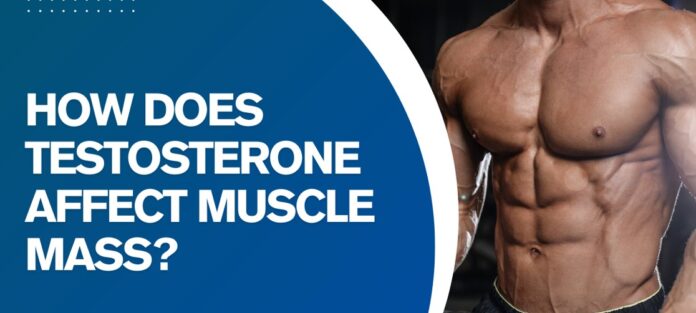
Testosterone plays a direct role in muscle maintenance. When it falls, your body starts losing lean mass even if you continue training. Lifting weights becomes harder, and recovery after workouts takes longer. Over time, arms and legs may look smaller or less toned.
| Physical Change | Possible Link to Low T |
| Muscle shrinking or softness | Reduced protein synthesis |
| Slower recovery after exercise | Impaired muscle repair |
| Plateau or loss of strength | Hormonal imbalance |
| Weight gain despite the same diet | Lower metabolism |
4. Belly Fat and Gynecomastia

Another visible sign is increased body fat, especially around the abdomen. This is partly due to changes in how the body handles insulin and fat storage. Some men also develop mild breast tissue (gynecomastia), caused by an imbalance between testosterone and estrogen.
If your waistline keeps expanding despite diet and exercise, hormonal testing can reveal whether low testosterone is contributing.
5. Mood Swings and Brain Fog
Men rarely connect emotional symptoms to hormones. Yet low testosterone can cause irritability, depression, anxiety, and poor focus. You might notice you are less patient, more easily frustrated, or mentally slower than before.
These effects stem from testosterone’s influence on neurotransmitters like dopamine and serotonin, the same chemicals that regulate mood and motivation.
6. Weaker Bones and Joint Pain
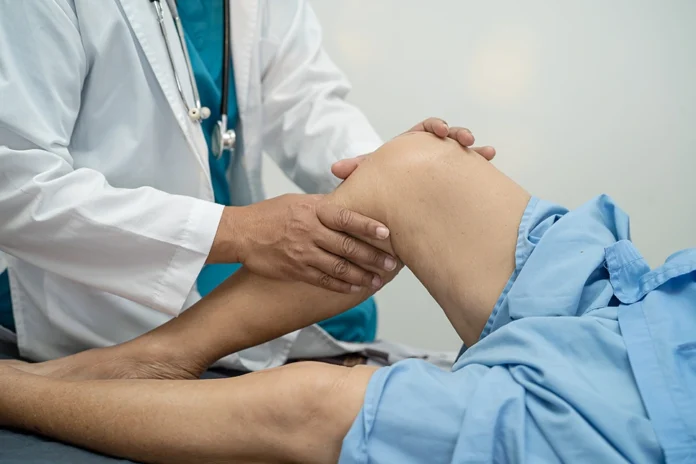
Testosterone supports bone density. Without it, bones gradually weaken, making fractures more likely in the long term. Many men don’t notice this until a minor fall causes a sprain or fracture that shouldn’t have happened.
This is why untreated low testosterone can eventually lead to osteoporosis, a condition often associated with women but increasingly recognized in men.
7. Hair and Skin Changes
Reduced body or facial hair, drier skin, and a thinner beard can all result from hormonal decline. These aren’t cosmetic issues; they’re visible biological clues that androgen levels are dropping.
8. Testicular Shrinkage or Tenderness
In more advanced stages, the testicles may become smaller or softer. This happens when the body stops signaling them to produce testosterone. Such a change should never be ignored; it’s a strong indicator that hormone levels have fallen significantly.
What To Do If You Notice Several of These Signs
If multiple symptoms sound familiar, the next step is to confirm them medically rather than guess.
- Consult a doctor or endocrinologist. Describe your physical and emotional changes honestly.
- Do a morning blood test. Testosterone levels fluctuate throughout the day and should be measured early in the morning for accuracy.
- Check related hormones. Tests like LH, FSH, estradiol, and SHBG help identify whether the cause is testicular or pituitary.
- Review your lifestyle. Poor sleep, alcohol use, excess fat, and chronic stress all lower testosterone naturally.
| Test | Purpose |
| Total Testosterone | Baseline measurement |
| Free Testosterone | Measures active hormone |
| LH/FSH | Detects pituitary issues |
| Estradiol | Checks hormonal balance |
| SHBG | Determines hormone availability |
How to Support Healthy Testosterone Levels
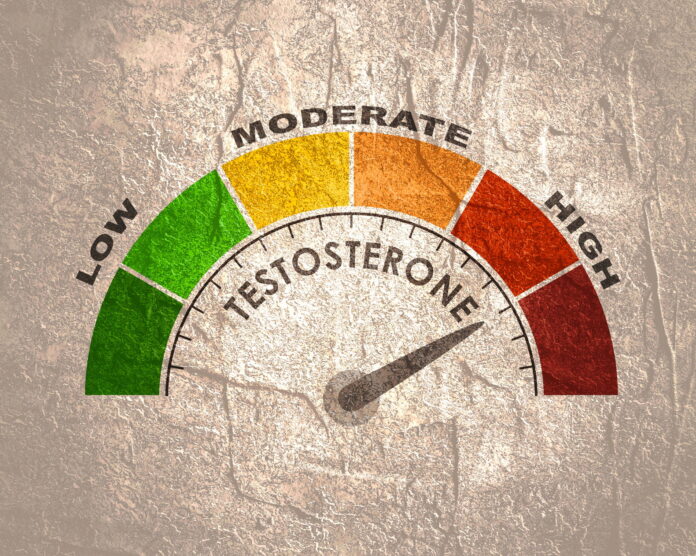
If tests confirm that your levels are low, your doctor will discuss treatment options. Some men qualify for testosterone replacement therapy (TRT), while others can recover naturally with changes in habits.
Lifestyle remains the foundation of hormone health. Better sleep, less alcohol, strength training, and whole-food nutrition often restore balance without medication.
In some cases, men consider supplements designed to support natural hormone function. Products like testosterone boosters are formulated to provide micronutrients and plant extracts that help the body’s own production pathways. However, these should always complement medical advice, not replace it.
Why Early Action Matters
Ignoring low testosterone can lead to long-term consequences, not only in sexual health but in overall vitality and disease risk. Chronic low T is linked to increased fat gain, insulin resistance, and heart problems. It also contributes to cognitive decline and loss of bone strength.
Addressing symptoms early gives you more treatment options and a higher chance of restoring natural hormone levels without long-term therapy.
| Long-Term Effect | Risk from Untreated Low T |
| Fat gain, insulin resistance | Higher metabolic disease risk |
| Depression, anxiety | Worsened quality of life |
| Bone loss | Fractures, osteoporosis |
| Muscle decline | Lower strength, mobility issues |
| Fertility decline | Reduced sperm count |
The Bottom Line
Low testosterone is not rare, but it is often overlooked. If you experience a mix of low libido, fatigue, fat gain, muscle loss, or mood shifts, it’s time to get tested. The combination of these symptoms, rather than one alone, is what truly signals a problem.
You don’t need to guess or self-diagnose. A simple blood test and lifestyle review can reveal the cause and point toward effective solutions. Restoring hormonal balance can mean getting your energy, confidence, and physical strength back, not just treating a number on a lab report.

